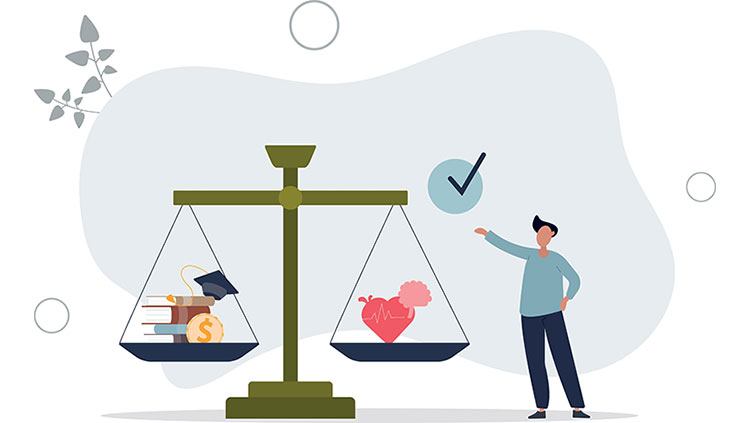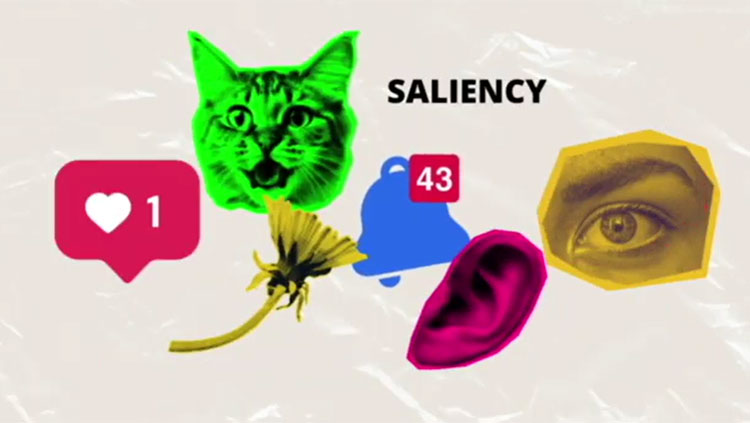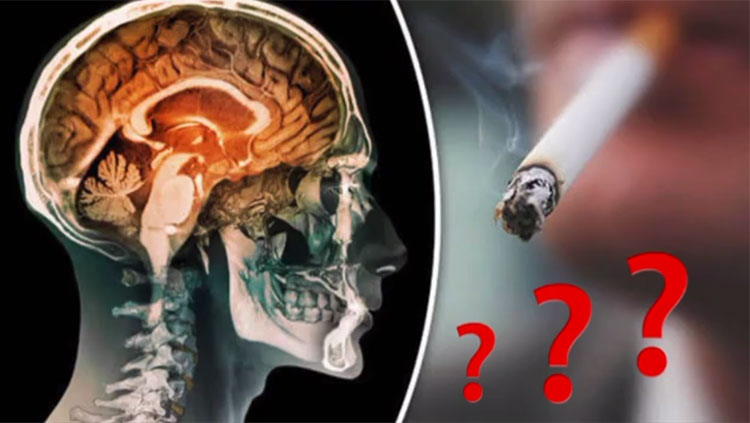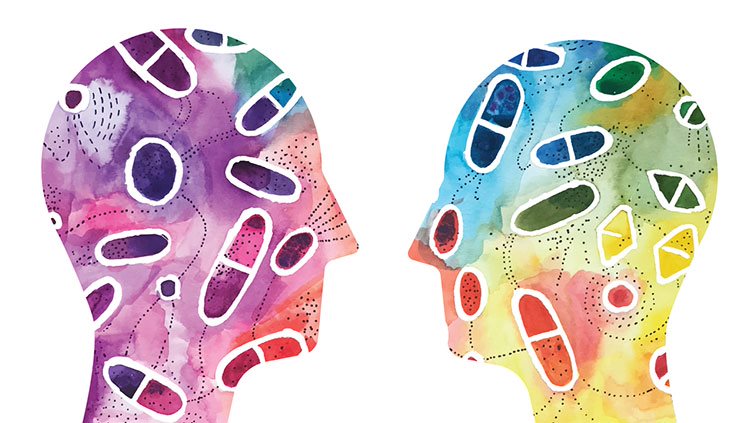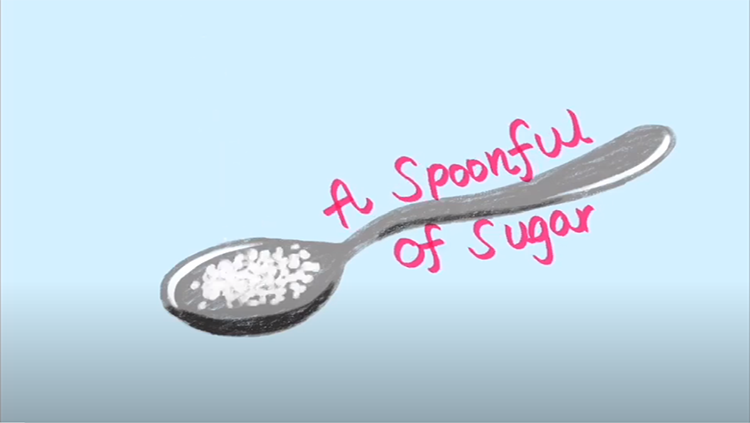An Introduction to Addiction
- Reviewed6 Feb 2023
- Author Alison Davis
- Source BrainFacts/SfN

Your brain’s communication networks flow at their relatively normal rates — when a drug suddenly introduces a slate of its messengers to dial in and disrupt the communication flow. After the drug’s messengers disperse, your brain tries to restore balance to its flow.
But as your brain begins to expect the drug and its messengers to return, the regular flow of your communication networks can change. Over time, your networks may adapt and start to depend on the drug to function as normal again. This can become the new norm.
Addiction is a chronic brain disorder that affects the body through physical and psychological dependence. Intentional, regular use of substances like opioids, alcohol, tobacco, or other drugs becomes an addiction when a person can no longer control their use despite negative consequences, such as loss of control and harm to themselves or others. One factor fueling addiction is tolerance — when a person’s body becomes “used to” a drug and requires more of it to experience the same effect. Another facet of addiction is withdrawal, when lack of a drug causes the body to react with unpleasant or life-threatening physical symptoms. These may range from moderate headaches or muscle pain to severe tremors or seizures.
A combination of positive factors (pleasurable feelings) and negative ones (avoiding withdrawal) helps to create an addiction. Cues or triggers, such as being in a place associated with drug or alcohol intake or being around other drug or alcohol users, also provoke drug-taking behavior. It is important to realize, though, that drug use does not always lead to addiction. Addiction is complex, and many researchers are working to understand the various interacting influences.
Almost all abused drugs produce pleasure by activating a specific circuit of neurons, the brain’s reward system, which is controlled mainly by the neurotransmitter dopamine. This brain region, called the limbic system, drives healthy behaviors such as eating and socializing, but it is also activated by drugs of abuse. The limbic system helps people experience emotion, which somewhat explains the mood-altering properties of many drugs. In addition, the brain’s reward system generates habits and learned behaviors: When a reward (a delicious food or a high-inducing drug) generates feelings of pleasure, we learn to repeat the actions that led to that reward.
Mimics and Imposters
Drugs of abuse act as imposters that invade our nervous system, mimicking the messages of naturally occurring neurotransmitters in our brain circuits. While some drugs copy the actions of neurotransmitters, others can block neurotransmitter action, and still others alter the way neurotransmitters are released or inactivated. Ultimately, in all cases of addiction, drug use changes the brain’s reward system and other regions involved in judgment and decision-making, contributing to addictive symptoms and behaviors.
Who is susceptible to becoming addicted? A precise answer to this question is still elusive, but we now know a great deal about vulnerability. As with most health conditions, vulnerability to addiction involves internal risk factors, such as certain genes, and external risk factors, such as stress and a person’s social environment. Often, a person’s social environment both contributes to addictive behavior and is shaped by addictive behavior, creating a cycle that is difficult to break.
Studies that track twins, and other closely related individuals with and without addictions, conclude that about 50 percent of addiction can be traced to genetic factors. Much remains to be learned about addiction’s causes, but researchers are intrigued to find common genetic links in many different types of addictions — those involving a host of illicit drugs, marijuana, and legal drugs such as alcohol, tobacco, and even caffeine. Generally, the genes linked to addiction fall into one of two categories. Some of these genes affect how brain circuits respond to drugs; others influence the way the body metabolizes drugs, which then affects how quickly drugs enter and leave the body. Other biological factors important in addiction are gender and age: Females and males differ in their risk of addiction as well as their response to treatment. Also, while social environment has a significant influence on drug-taking behavior during childhood and adolescence, the influence of hereditary factors is stronger in later stages of addiction, which usually occur in adults.
Adapted from the 8th edition of Brain Facts by Alison Davis.
CONTENT PROVIDED BY
BrainFacts/SfN
References
Baumann, M. H., Solis, E., Jr, Watterson, L. R., Marusich, J. A., Fantegrossi, W. E., & Wiley, J. L. (2014). Baths salts, spice, and related designer drugs: the science behind the headlines. The Journal of Neuroscience. 34(46), 15150–15158. https://doi.org/10.1523/JNEUROSCI.3223-14.2014
Centers for Disease Control and Prevention & National Center for Injury Prevention and Control. (2017). Understanding Drug Overdoses and Deaths. https://www.cdc.gov/overdose-prevention/about/understanding-the-opioid-overdose-epidemic.html
Garnier-Dykstra, L. M., Caldeira, K. M., Vincent, K. B., O'Grady, K. E., & Arria, A. M. (2012). Nonmedical use of prescription stimulants during college: four-year trends in exposure opportunity, use, motives, and sources. Journal of American College Health. 60(3), 226–234. https://doi.org/10.1080/07448481.2011.589876
National Institute on Drug Abuse. (2015). The science behind designer drugs. https://archives.drugabuse.gov/news-events/latest-science/science-behind-designer-drugs
National Institute on Drug Abuse. (2017). Cannabis (Marijuana) DrugFacts. https://www.drugabuse.gov/publications/drugfacts/marijuana
National Institute on Drug Abuse. (2017). Cannabis (Marijuana) Research Report: Is marijuana safe and effective as medicine? https://www.drugabuse.gov/publications/drugfacts/marijuana-medicine
National Institute on Drug Abuse. (2017). Commonly Used Drugs Charts. https://www.drugabuse.gov/drugs-abuse/commonly-abused-drugs-charts
National Institute on Drug Abuse. (2017). Drugs, Brains, and Behavior: The Science of Addiction.
Drugs and the Brain. https://www.drugabuse.gov/publications/drugs-brains-behavior-science-addiction/drugs-brain
National Institute on Drug Abuse. (2017). Heroin DrugFacts. https://www.drugabuse.gov/publications/drugfacts/heroin
National Institute on Drug Abuse. (2017). Methamphetamine DrugFacts. https://www.drugabuse.gov/publications/drugfacts/methamphetamine
National Institute on Drug Abuse. (2018, July 2). The Science of Drug Use and Addiction: The Basics. https://archives.drugabuse.gov/publications/media-guide/science-drug-use-addiction-basics
National Institute on Drug Abuse. (2022). Tobacco, Nicotine, and E-Cigarettes Research Report
What are treatments for tobacco dependence? https://nida.nih.gov/publications/research-reports/tobacco-nicotine-e-cigarettes/what-are-treatments-tobacco-dependence
National Institute on Alcohol Abuse and Alcoholism. (2017). Alcohol Facts and Statistics. https://www.niaaa.nih.gov/alcohols-effects-health/alcohol-topics/alcohol-facts-and-statistics
What to Read Next
Also In Addiction
Trending
Popular articles on BrainFacts.org




